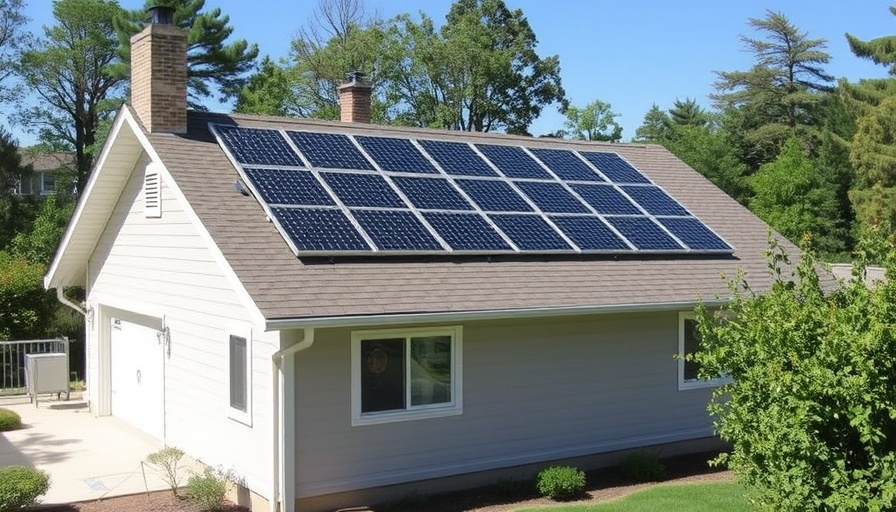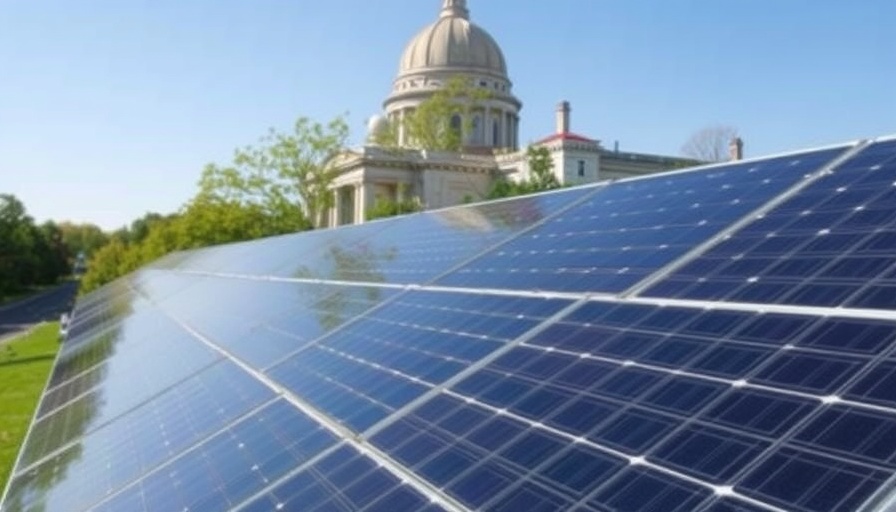
Understanding Utility Interconnection for Solar Installations
In recent discussions on solar installations, a puzzling scenario emerged where homeowners proceeded to install solar systems even before receiving the necessary utility interconnection approval. This situation raises critical questions about the legalities and implications of such actions.
The interconnection process is crucial as it determines whether an installed solar system can be connected to the local utility grid. Homeowners and solar installers must navigate a regulatory landscape that ensures compliance with local codes, safety standards, and utility regulations. Failure to adhere to these requirements can result in significant financial repercussions and operational complications.
Why Homeowners Opt for Early Installation
Despite the risks involved, many homeowners are eager to install solar systems ahead of interconnection approval primarily to mitigate electricity costs. With energy prices on the rise, the urgency to embrace sustainable energy sources pushes individuals to take proactive measures. They may believe that by installing solar panels early, they can start saving on utility bills as soon as possible.
Moreover, the tax benefits and incentives offered for solar installations can often prompt homeowners to expedite the installation process. Waiting for utility approval can result in missed incentive windows or increases in overall project costs.
Risks Involved in Installing Before Approval
While the drive to install solar systems quickly is understandable, there are inherent risks. For one, homeowners may face penalties if they connect their systems prematurely or if their installations do not comply with local regulations. Additionally, if the utility denies the interconnection request, the entire investment in the solar system could be at risk. Homeowners could end up with a functional solar system that they cannot use or connect to the grid.
Legal Perspectives on Unapproved Installations
From a legal standpoint, installing solar panels without utility approval may lead to complications. Depending on state laws and regulations, homeowners might find themselves facing legal challenges or losing their right to connect to the grid. Legal experts encourage homeowners to exercise caution and to prioritize obtaining all required approvals before proceeding with installation.
Best Practices for Solar Installation
For homeowners contemplating solar installation, understanding the steps leading to a successful and legal installation is essential. Here are some best practices to follow:
- **Research Local Regulations**: Understand the specific requirements laid out by the utility company and local governing bodies. Each region has varying rules that impact solar installations.
- **Engage a Qualified Installer**: Hiring a reputable solar installer can ensure that your project complies with all regulations and that they assist with navigating the interconnection application process.
- **Seek Permits Early**: Begin the permitting process as early as possible to prevent delays. It often takes time to gather necessary documentation and receive approval.
Looking Forward: The Future of Solar Regulations
The conversation surrounding solar installations and utility interconnection is evolving. As more homeowners turn to renewable energy solutions, the regulatory bodies may adapt their frameworks to streamline the interconnection process and facilitate faster adoption of solar technology. Innovations in these regulatory environments can significantly impact how homeowners approach solar installations in the future.
In conclusion, while the allure of immediate savings on energy costs can be tempting, it is crucial for homeowners to prioritize compliance with utility regulations. Future-proofing investments in solar technology necessitates a careful approach that respects the intricate landscape of approvals and safety standards. As we edge towards a more energy-conscious society, understanding these nuances will prove invaluable.
For those interested in transitioning to solar energy, the time to act is now. Knowledge of the landscape and adherence to proper protocols will ensure smoother operations and a beneficial relationship with the local utility.
 Add Row
Add Row  Add
Add 



 Add Row
Add Row  Add
Add 
Write A Comment